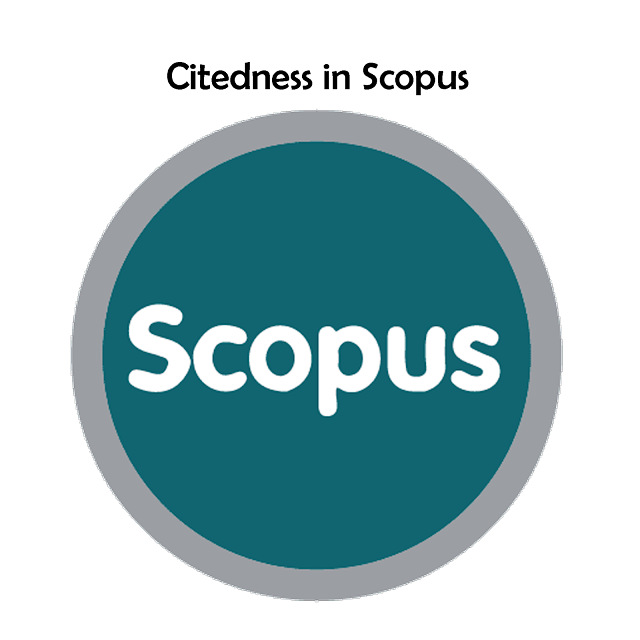Detecting Palm Oil Deficiencies: A Study of Boron, Nitrogen, Potassium, And Magnesium Deficiencies Using Yolov5 Model
DOI:
https://doi.org/10.15408/jti.v16i2.33523Keywords:
Object Detection, YOLOv5, Deficiency, Palm OilAbstract
Since palm oil plants are extremely hungry for nutrients, this will affect their growth and production. In this research, the YOLOv5 model was utilized as the primary analysis and data interpretation tool. This research aimed to develop an Android-based application to identify plant deficiency issues in the palm oil industry. The deficiencies examined were boron, potassium, magnesium, and nitrogen from the dataset of 2,789 palm oil leaf image samples acquired for training and analysis. At two different Intersection Over Union (IoU) thresholds of 0.5 and 0.75, the model training results demonstrated high precision, recall, and mean average precision (mAP) levels. The IoU assessment results for values of 0.5 were: boron (0.989), potassium (0.577), magnesium (0.968), nitrogen (0.96), and the healthy class (0.995). At an IoU value of 0.75, the obtained results were: boron (0.991), potassium (0.564), magnesium (0.968), nitrogen (0.958), and healthy (0.995).
References
R. Sathyavani, K. Jaganmohan, and B. Kalaavathi, “Detection of plant leaf nutrients using convolutional neural network based internet of things data acquisition,” International Journal of Nonlinear Analysis and Applications, vol. 12, no. 2, pp. 1175–1186, Jun. 2021, doi: 10.22075/ijnaa.2021.5194.
Z. Effendi et al., “Deteksi Unsur Hara Makro N,P,Dan K Pada Daun Tanaman Kelapa Sawit (Elaeis Guineensis Jacq) Dengan Menggunakan Metode Image Processing Berdasarkan Filter Sobel,” 2018.
S. Ibrahim et al., “Palm leaf nutrient deficiency detection using convolutional neural network (CNN),” Int. J. Nonlinear Anal. Appl, vol. 13, pp. 2008–6822, 2022, doi: 10.22075/ijnaa.2022.5836.
L. Rahma, H. Syaputra, A. H. Mirza, and S. D. Purnamasari, “Objek Deteksi Makanan Khas Palembang Menggunakan Algoritma YOLO (You Only Look Once),” 2021.
L. Tan, T. Huangfu, and L. Wu, “Comparison of YOLO v3, Faster R-CNN, and SSD for Real-Time Pill Identiication,” 2021, doi: 10.21203/rs.3.rs-668895/v1.
W. Y. Ayele, “Adapting CRISP-DM for Idea Mining A Data Mining Process for Generating Ideas using a Textual Dataset,” 2020. [Online]. Available: www.ijacsa.thesai.org
U. Nepal and H. Eslamiat, “Comparing YOLOv3, YOLOv4 and YOLOv5 for Autonomous Landing Spot Detection in Faulty UAVs,” Sensors, vol. 22, no. 2, Jan. 2022, doi: 10.3390/s22020464.
W. K. Sandy, A. W. Widodo, and Y. A. Sari, “Penentuan Keaslian Tanda Tangan Menggunakan Shape Feature Extraction Techniques Dengan Metode Klasifikasi K Nearest Neighbor dan Mean Average Precision,” 2018. [Online]. Available: http://j-ptiik.ub.ac.id
K. Karsito and S. Susanti, “Klasifikasi Kelayakan Peserta Pengajuan Kredit Rumah Dengan Algoritma Naïve Bayes Di Perumahan Azzura Residencia,” .” Sigma Information Technology Journal, vol. 9, no. 3, pp. 43–48, 2019, Accessed: Jun. 03, 2023. [Online]. Available: https://www.jurnal.pelitabangsa.ac.id
M. Sumiati, R. Abdillah, and A. Cahyo, “Pemodelan UML untuk Sistem Informasi Persewaan Alat Pesta,” Jurnal Fasilkom, vol. 11, no. 2, pp. 79–86, 2021, doi: 10.37859/jf.v11i2.2673.







